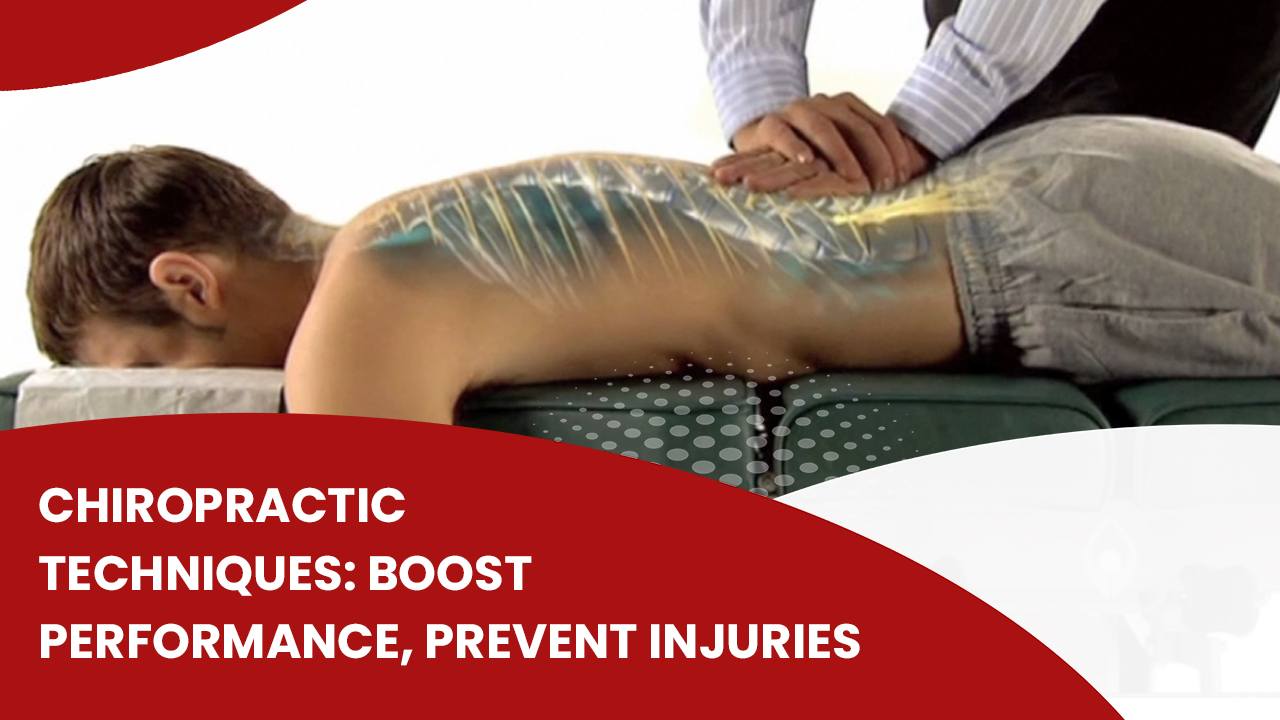Innovative Approaches To Physical Therapy In Ridgefield CT

Conclusion: In conclusion, the exploration of innovative approaches to physical therapy reveals a dynamic landscape of healthcare evolution, where personalized treatment and cutting-edge modalities intersect to empower individuals on their path to wellness. Throughout this discourse, we’ve uncovered the multifaceted role of physical therapy in promoting health, restoring function, and enhancing quality of life for […]
Expert Services Of Physical Therapy In Ridgefield CT

Physical therapy in Ridgefield CT, is pivotal in promoting health and wellness by utilizing specialized techniques and modalities to restore mobility and functionality. Physical therapy, defined as the treatment of injury, disease, or deformity through physical methods such as exercise, massage, and manipulation, is indispensable in healthcare for its ability to alleviate pain, prevent further […]
Integrating Chiropractic Treatments Into Your Wellness Routine

Conclusion: In conclusion, Chiropractic Treatments stands as a cornerstone of holistic healthcare, offering individuals a path to wellness that focuses on the body’s innate ability to heal itself. Originating in the late 19th century, chiropractic care has evolved into a globally recognized profession, emphasizing the importance of proper spinal alignment and nervous system function. Through […]
Effective Chiropractic Treatment For Pain Relief & Wellness

Chiropractic treatment, practiced by chiropractors, is a form of alternative medicine that focuses on diagnosing and treating mechanical disorders of the musculoskeletal system, particularly the spine. Dating back to the late 19th century, chiropractic care has evolved from its roots in the United States to become a widely recognized healthcare profession globally. The primary aim […]
Holistic Approaches To Low Back Pain Relief In Ridgefield CT

Conclusion: In conclusion, Ridgefield Chiropractic & Wellness Center stands as a beacon of holistic approaches to low back pain relief In Ridgefield CT, offering a myriad of effective and integrated solutions aimed at addressing the multifaceted nature of this common ailment. By embracing holistic modalities such as chiropractic care, acupuncture, massage therapy, exercise programs, ergonomic […]
Low Back Pain Relief Ridgefield CT: Comprehensive Solutions

Low back pain is a prevalent condition affecting millions of individuals worldwide, characterized by discomfort or soreness in the lumbar region of the spine. Seeking relief from this ailment is crucial for enhancing quality of life and restoring daily functionality. People have access to a variety of options for Low Back Pain Relief Ridgefield CT, […]
Chiropractor For Leg Pain: Natural Solutions And Relief

Chiropractic care encompasses a holistic approach to health, focusing on the alignment of the spine and its impact on overall well-being. Leg pain, stemming from a variety of causes such as muscle strain, nerve compression, or injury, can significantly disrupt daily life and mobility. Seeking treatment from a chiropractor for leg pain is essential, as […]
Comprehensive Approaches To Natural Pain Management And Chiropractic Solutions

Conclusion: In the realm of natural pain management, comprehensive approaches that integrate chiropractic solutions offer a promising avenue for individuals seeking relief from discomfort and a restoration of overall well-being. As we navigate through the complexities of modern living, chronic pain has become an increasingly prevalent challenge, affecting millions worldwide. However, amidst this landscape of […]
Chiropractic Techniques: Boost Performance, Prevent Injuries

Introduction Chiropractic techniques involve non-invasive methods aimed at improving musculoskeletal health, with a particular focus on the spine. In the realm of sports, where physical performance is paramount, the role of chiropractic care has become increasingly recognized for its potential to enhance athletic abilities and prevent injuries. Understanding Chiropractic Care Chiropractic care is a healthcare […]
Whiplash Chiropractic Care: Assessment & Treatment

Whiplash injuries can be painful and debilitating, leaving individuals with a range of discomforts that impact their daily lives. If you’ve experienced a car accident or a similar incident that has left you with neck pain and stiffness, you’re not alone. In this article, we will delve into the world of whiplash chiropractic care for […]
